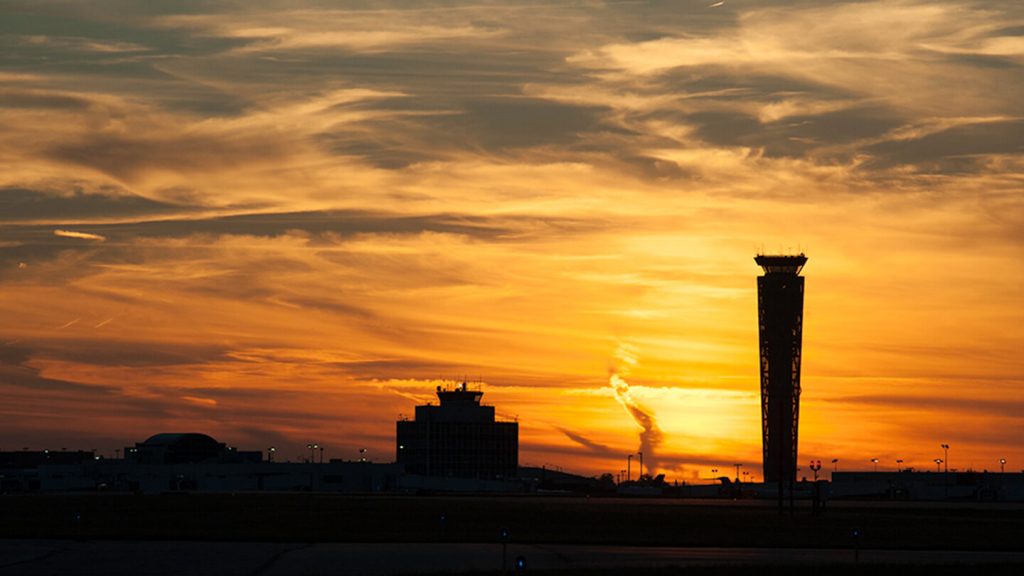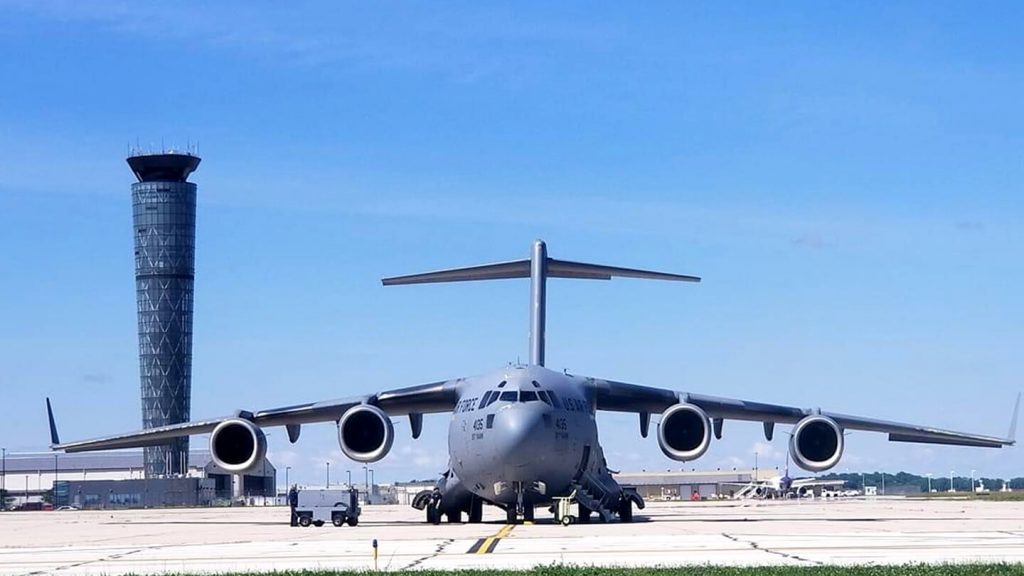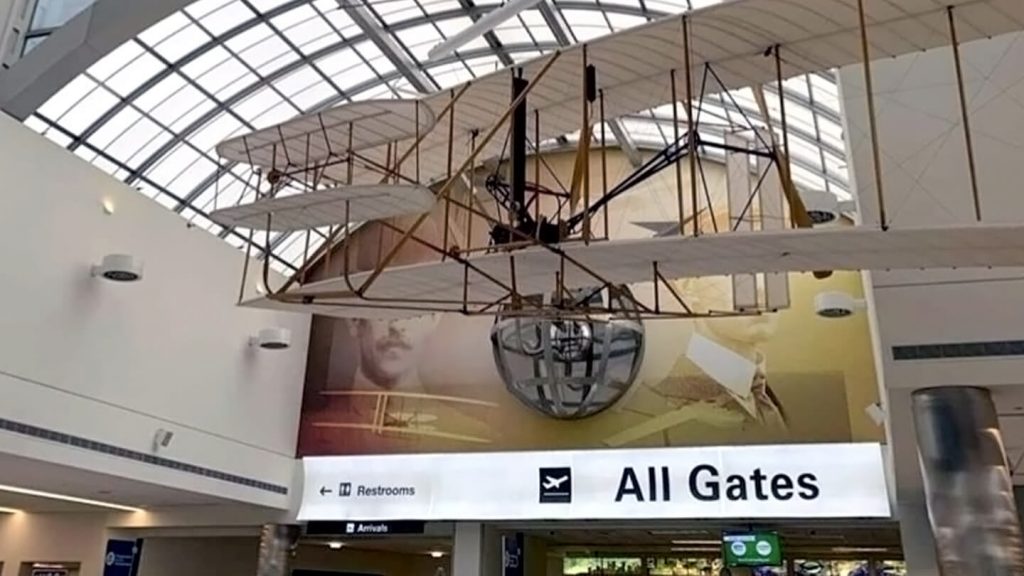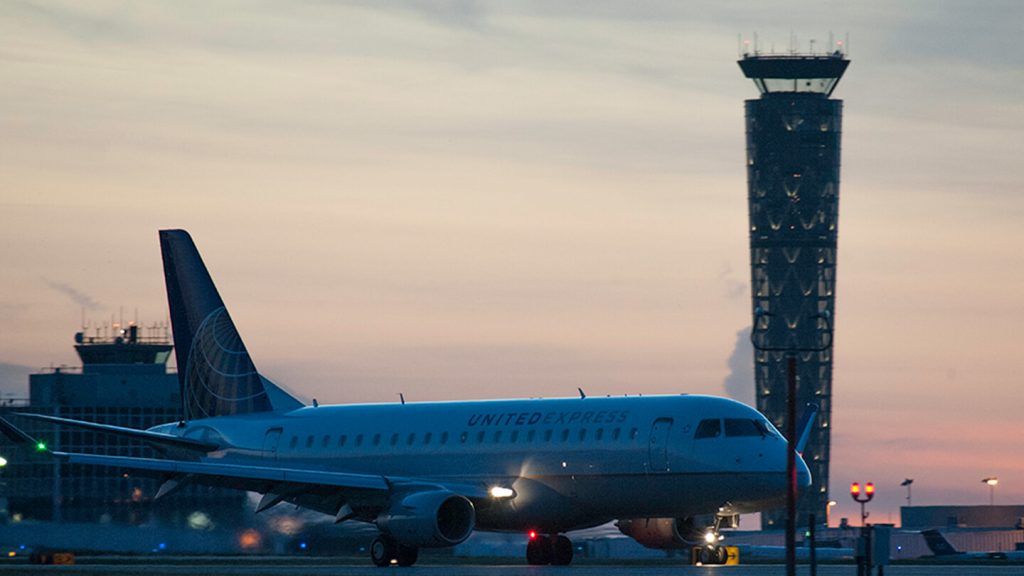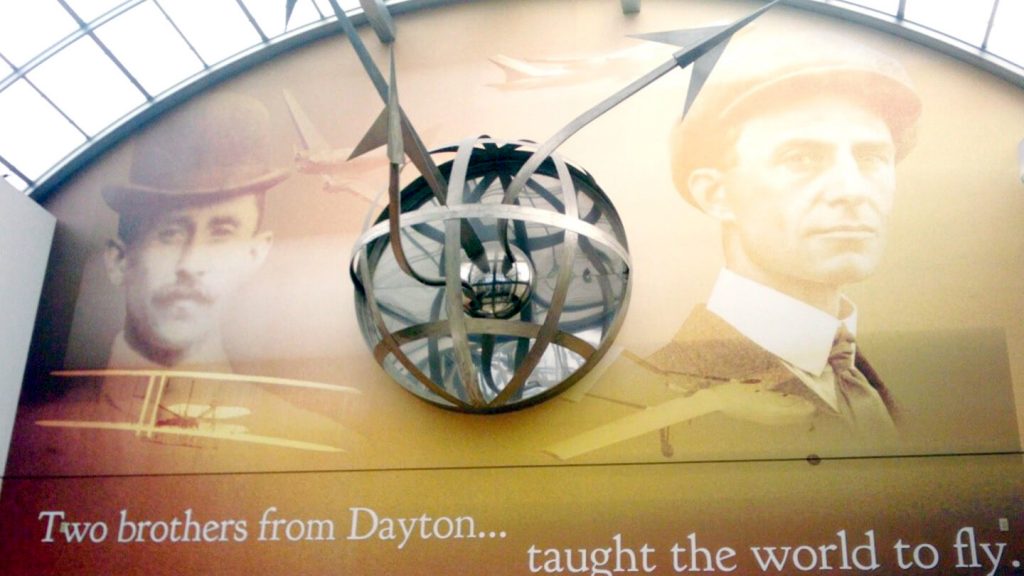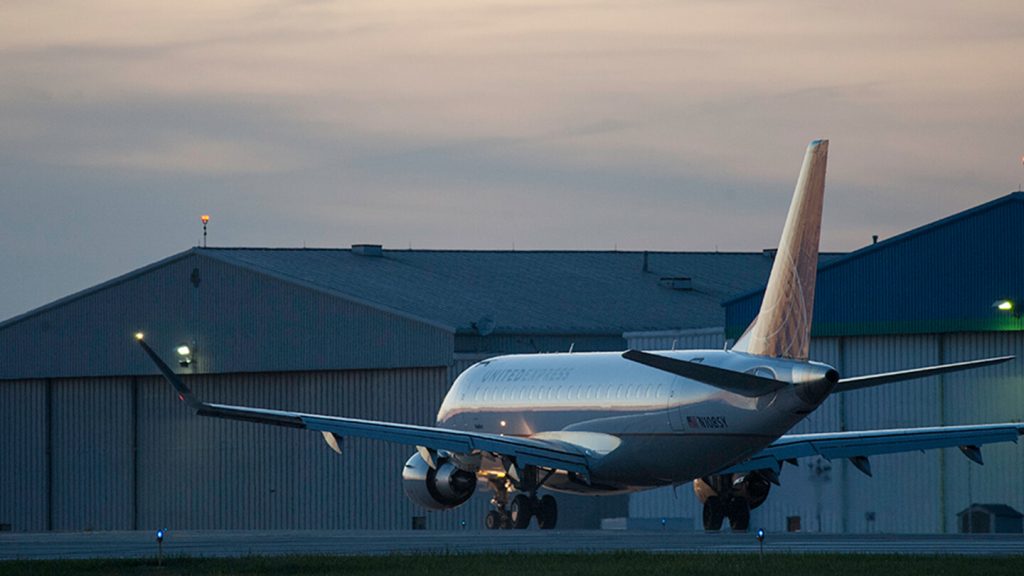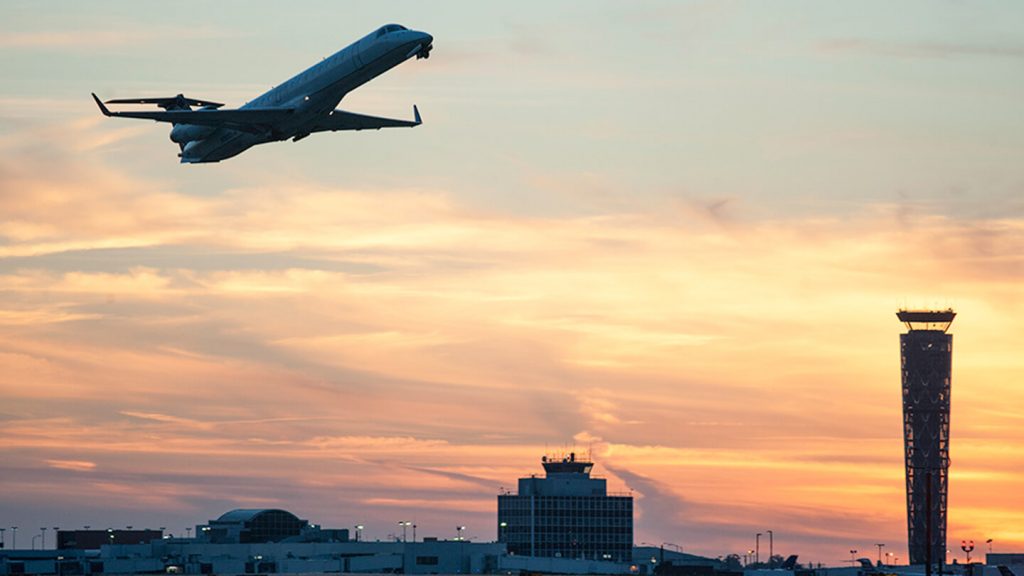Dayton International Airport
Master Plan
Mapping the Future
The Dayton International Airport (DAY) is a vital resource for the greater Dayton area and the state of Ohio. Located in Montgomery County and owned by the City of Dayton, the airport holds a permanent place in the history of aviation. Sharing its home with the Wright Brothers and Wright-Patterson Air Force Base, it is the third largest airport in the state. With the Master Plan, we have mapped out plans for future growth and economic development over the next 20 years.
To the right, you’ll find documents and graphs about the details, phases, and status of the Master Plan. For questions and media inquiries, please fill out the contact form and a team member will connect with you.
Dayton International Airport
What is a Master Plan?
A Master Plan is a study used to determine the long-term development plans for an airport, addressing the development needs for a 20-year time period. The Master Plan process provides opportunities for political entities and the public to participate in the development of aviation plans. It provides a framework for individual development programs consistent with short, intermediate, and long-range airport system and financial requirements.
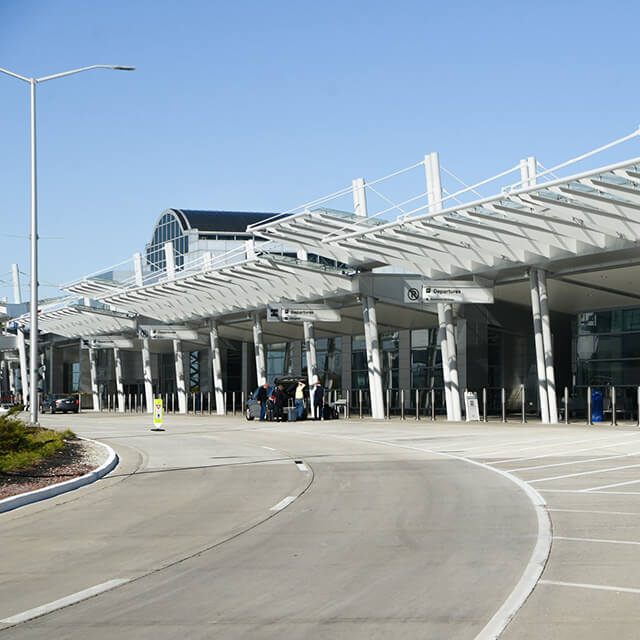
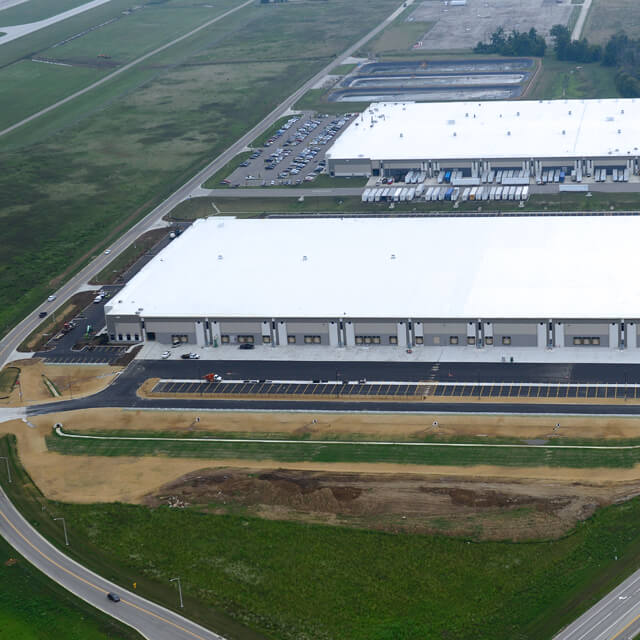
Dayton International Airport
What are the Goals?
Dayton International Airport
Why is a Plan Necessary?
The Federal Aviation Administration (FAA) requires commercial service airports to re-examine their Master Plan every 7 to 10 years to account for industry changes. The last Master Plan was completed in 2008 and hinged on significant cargo and aviation activity. In the last 12 years, the aviation industry has seen drastic changes and improvements. This Master Plan reviews the past as well as the future to determine what the airport will look like and how it will function.
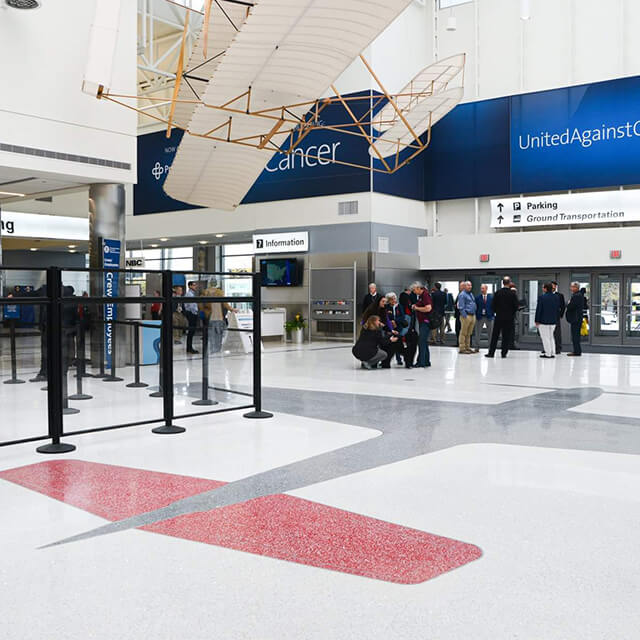
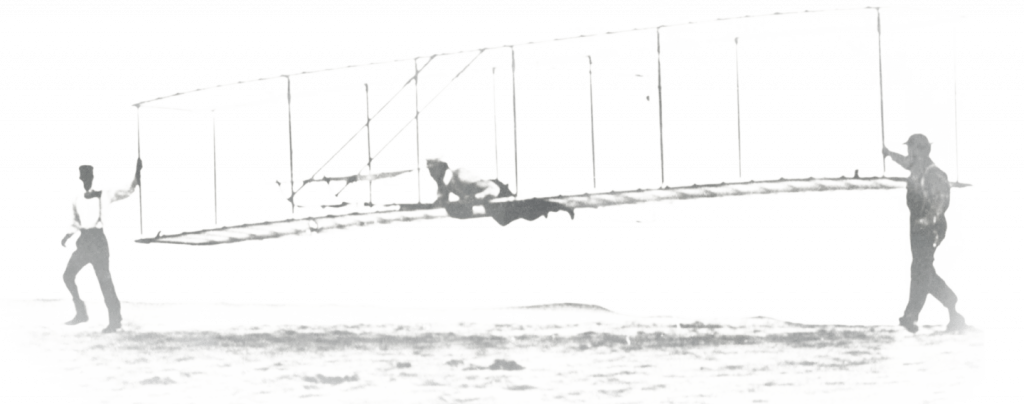
"If we all worked on the assumption that what is accepted as true really is true, then there would be little hope for advance."
- Orville Wright
Technical Advisory Committee
The Technical Advisory Committee is comprised of key stakeholders of the airport facility. The committee is responsible for providing valuable input to the planning team on operational issues at the airport, mostly focusing on operations within the airport fence.

Technical Advisory Committee
Meeting 1: Kickoff and SWOT Analysis
Friday, Oct 23, 2020 at 3 PM
Meeting #1 introduces what a Master Plan includes and why it is being undertaken. A SWOT (Strengths, Weaknesses, Opportunities, Threats) analysis is conducted. The overall planning process and general timeframes are also discussed.
Technical Advisory Committee
Meeting 2: Inventory and Forecast Review
Thursday, May 13, 2021 at 3 PM
Meeting #2 presents findings of the SWOT analysis and the airport facilities inventory to create the base work for comparison in future meetings. A high-level discussion of the forecasting effort will be discussed to include airport activity, including passenger enplanements and operations as well as cargo and general aviation operations.
Technical Advisory Committee
Meeting 3: Demand Capacity and Facility Requirements
Tuesday, June 21, 2021 at 1:30 PM
Meeting #3 reviews the forecasted demand and facility needs to compare with the existing inventory and infrastructure available for aviation use. Items include various airside elements (runways, taxiways, aprons, and navigational aids) as well as landside elements (automobile access and parking, roadways and terminal needs).
Technical Advisory Committee
Meeting 4: Capital Improvement and Layout Plan
Wednesday, Dec 14, 2022 at 10:30 AM
Meeting #4 presents the Airport Layout Plan (ALP) - a graphic depiction of proposed improvements to the airport and the breakdown of the development into the three phases of the Airport Capital Improvement Plan. The plan will focus on the short-term development (0-5 years), mid-term development (6-10 years), and long-term development (10-20 years). The ALP is the second most critical element of the master planning process that is submitted to the FAA for concurrence.
Regional Advisory Committee
The Regional Advisory Committee is comprised of representatives from the City of Dayton and the surrounding municipalities and jurisdictions. The committee is responsible for providing regional guidance, primarily outside the airport fence. They cover topics about regional law changes and as well as changes to the airport that can provide a positive economic impact to the surrounding jurisdictions.
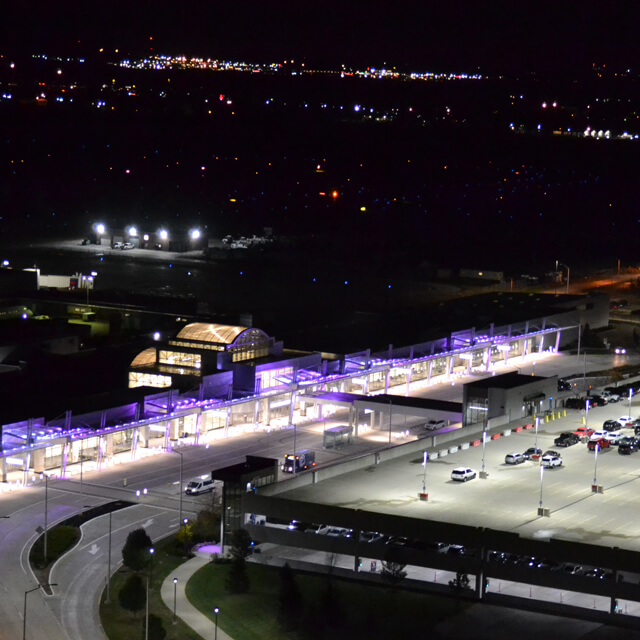
Regional Advisory Committee
Meeting 1: Kickoff and SWOT Analysis
Friday, Oct 23, 2020 at 1 PM
Meeting #1 introduces what a Master Plan includes and why it is being undertaken from a regional perspective. A SWOT (Strengths, Weaknesses, Opportunities, Threats) analysis is conducted with committee members from multiple jurisdictions around the airport to gain additional insight.
Regional Advisory Committee
Meeting 2: Inventory and Forecast Review
Thursday, May 13, 2021 at 1:30 PM
Meeting #2 presents findings of the SWOT analysis and the airport facilities inventory to create the base work for comparison in future meetings. A high-level discussion of the forecasting effort will be discussed to include airport activity, including passenger enplanements and operations as well as cargo and general aviation operations.
Regional Advisory Committee
Meeting 3: Demand Capacity and Facility Requirements
Tuesday, June 21, 2021 at 1:30 PM
Meeting #3 reviews the forecasted demand and facility needs of the airport and compares it with the existing inventory and infrastructure. The focus will be on landside elements like automobile access and parking as well as roadways and terminals. A high-level overview of various airside elements like runways, taxiways, and aprons will also be discussed.
Regional Advisory Committee
Meeting 4: Alternatives and Environmental Review
Wednesday, Dec 14, 2022 at 10:30 AM
Meeting #4 presents the Airport Layout Plan (ALP) – a graphic depiction of proposed improvements to the airport and the breakdown of the development into the three phases of the Airport Capital Improvement Plan. The three-phased approach includes short-term development (0-5 years), mid-term development (6-10 years) and long-term development (10-20 years). The ALP is the second most critical element of the master planning process that is submitted to the FAA for concurrence.
Public Workshop Information
The public is invited to attend a Public Workshop to learn about future development and modernization of the Dayton International Airport (DAY). The workshop will concentrate on the existing facilities and areas for improvement as well as how to develop the airport to meet the Master Plan requirements.

Public Workshop
Workshop: Airport Layout Plan
Wednesday, Dec 14, 2022, 4 PM - 7 PM
The workshop presents the Airport Layout Plan, a graphic depiction of how any deficiencies will be addressed and how future growth will be accommodated.
Resources
- Dayton International Airport Airport Master Plan Volume 1 (December, 2023) – FINAL
- Dayton International Airport Airport Master Plan Volume 2 - Appendices (May, 2023) - FINAL
- Master Plan – Airport Layout Plan (December, 2023)- FINAL
- Master Plan - Land Use Plan (11) - DRAFT
- Master Plan – Exhibit ‘A’ Airport Property Inventory Maps (December, 2023) – FINAL



